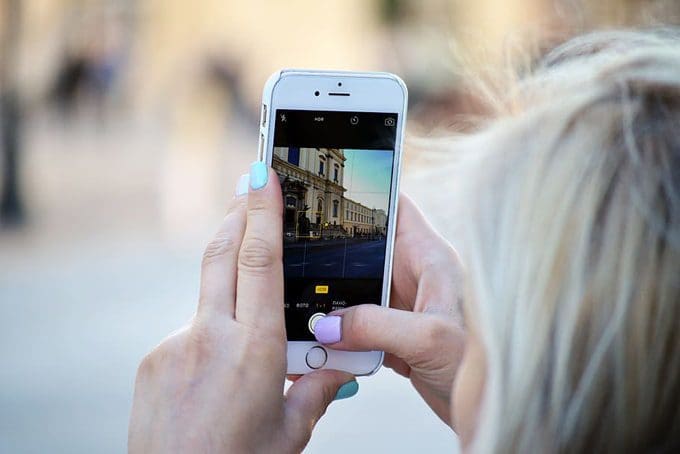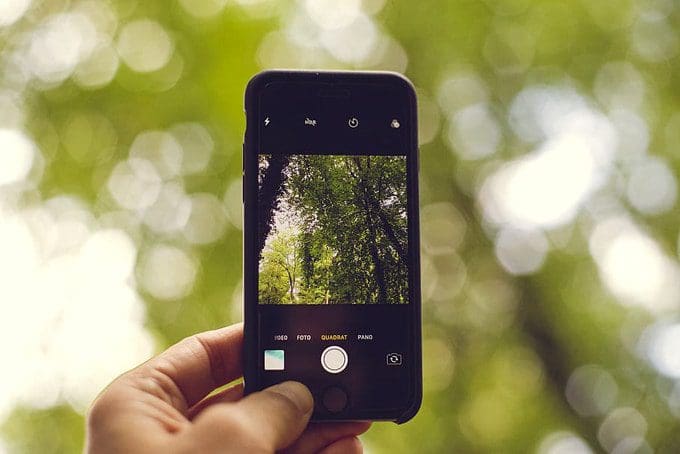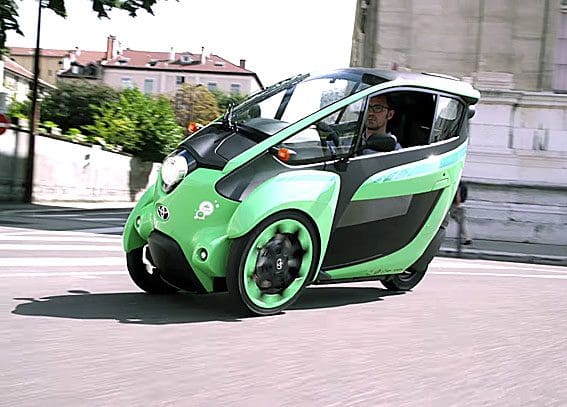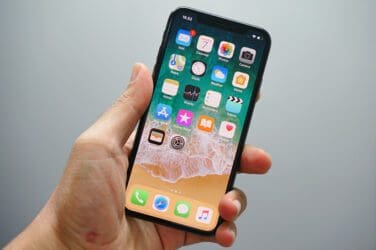words Alexa Wang
We’ve seen an evolution from hefty bricked-sized mobiles with pull-out antennas to lighter-than-air smartphones that fit perfectly in your pocket.
And with 3.5 billion users in the world today, it’s no doubt that smartphones have become an essential part of life.
That evolution hasn’t finished either – just when we think we’ve got the most innovative smartphone yet, another one appears. But is it all just about creating newer, sleeker and better? Are there other cultural and social factors that could drive the next set of changes? We take a look at how the smartphone industry is set to change course again.

A brief recap
From making calls on the move to sending texts and playing games, the start of the millennium saw mobile phones quickly morph into smaller devices like flip phones and slide phones that all provided non-stop connectivity to loved ones near and far.
And if the 2000s were the birth of the rapidly growing mobile phone industry, then the 2010s were the growing up phase. While the first smartphone is claimed to have been made in 1992, ‘smart’ technology back then didn’t quite equate to ‘smart’ 20 years later. The real game-changing smartphones like BlackBerry Pearl, LG Prada and the iPhone 3G all came on the scene in the mid-2010s, transforming communications across the world with the tap of a screen.
Changing times
Yet despite the rapid growth of the smartphone sector in the 2010s, it seems that momentum has started to slow down. Globally, we’re expected to see global a 29% decline in brand new smartphone sales this year due to the likes of COVID and the financial impact this has had on consumers across the world.
But even before the global pandemic happened, a shift was occurring. Last year, Samsung had a YoY profit drop of 60% in the first quarter – and they’re not the only mobile provider to report a drop in sales.
This could be attributed to several reasons; firstly, smartphones have been around a while and have reached the far corners of the communities that can access them, so demand is likely to naturally slow down. Secondly, consumers are questioning the need to always get the latest, newest version of a device, especially due to cost implications. And thirdly, sustainability has come to the forefront of the world’s agenda – bad news for a dated industry which has the world’s e-waste problem trailing on its heels.

Looking forward
So, what’s next for the smartphone industry? Well, it’s going to have to become more sustainable in order to survive. Consumers aren’t shy about demanding companies to become more accountable which means the smartphone industry will need to step up. This requires the sort of innovation that has fuelled technological advances – but this time through an environmental lens.
You’d be forgiven that smartphones and sustainability haven’t always gone hand in hand (the precious metals used in smartphones are just one pain point), but there are changes happening. We’ve already seen Apple’s 35% reduction in their carbon footprint in 2019 and Vodafone announcing a partnership with Fairphone to offer ‘a more sustainable phone’.
We’re also seeing a new purchase model for mobile phones themselves. Rather than paying to own a phone outright, new subscription services allow consumers to enjoy smartphones for less – and avoid a draw full of forgotten models when they move on to their next phone. London-based startup Raylo is one such provider offering subscriptions for the latest iPhone – and recycling phones at the end of their contract. Moves such as this could be an important step forward in an industry that needs to reckon with what to do with a build-up of old, unused devices.
One year in the smartphone industry is like a decade compared to slower-moving industries, so we’re curious to look at consumer behaviour and how smartphone providers have responded in 12 months’ time. But one thing is clear: there’s an inherent need to protect the planet and the smartphone industry can no longer look the other way.







